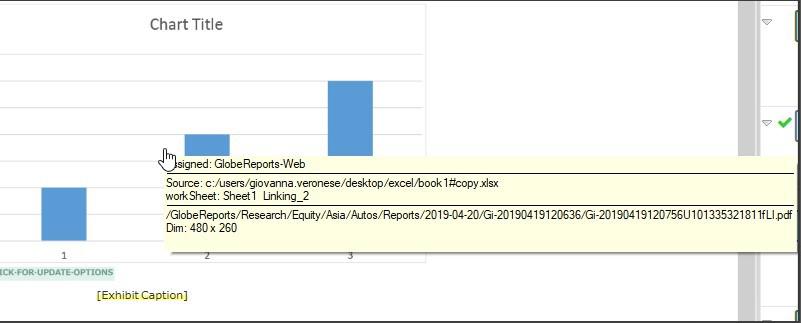Prime 7.2019.5
Highlights
Internal implementation of risky word feature for Proximity (PRIME-728)
Risky Words dictionaries for Proximity language tool can now be handled internally to Prime.
To exploit this feature, you need to:
1. Create a file with the following naming convention:
the initial three letters of the file name must be equal to the language code identifier (e.g. brt for British English or eng for American English) and the file extension must be .rwx.
2. Add the *.rwx file to the user folder dictionary. This is by default installed in the dictionaries folder but the location can be customized using the following registry key:
HKEY_LOCAL_MACHINE\Software\EidosMedia\Methode\EmLang => UserDir string value
The *.rwx file is a text file with the following Json format:
[
{
"words": ,
"suggestions":
}, ...
]
Where:
• The “words” entry identifies the risky word. It is mandatory and cannot be empty. More than one word can be used.
• The “suggestions” entry is optional, it is the word or sentence that is suggested to be used instead of the risky one. If this field is specified, then it cannot be empty.
NOTE: To use the feature it is mandatory to have the latest version of Proximity (11.8.2). Currently the only dictionaries available are British English and American English.
Tooltip over excel linked images (PRIME-706)
A tooltip with information on the source of an excel file is show while mouse hovering over excel linked image.

When using a metadata system variable in a story, let the xpath refer to container object that the XML is linked to (PRIME-612)
When using a metadata system variable in a story, let the xpath refer to container object that the XML is linked to.
To achieve this, add the attribute target="container" as in the example below:
Formatting functions allowed for metadata based system variables (PRIME611)
Formatting functions are allowed to be used for metadata based system variables.
Configuration example:
Cross Object panel position can be configured and saved (PRIME-535, JR17008)
The Cross Object panel is no more a fixed panel and its default position at opening can be configured. To achieve this, add the defaultAlignment parameter to the siteConfig.cfg file. Possible values are: right, left, top, bottom. Configuration example:
Moreover the position can be saved through the “Save Workspace” option.
[MAP] Possibility to enter footnotes in a table of a report (PRIME-461)
It is now possible to insert either numeric, alphabetical or symbol references in a table cell that link down to further reference information in the notes area.
To achieve this, add the type attribute to the configuration of the footnotes of a report by setting it to “table” as shown in the example below:
Elements containing the app="swing" or app="swingapp" attributes are ignored (PRIME-281)
As in Swing it is necessary to apply secondary stylesheets to the StylesGroup, Prime must now ignore elements in the StylesGroup which contain either the "app="swing" or "app="swingapp" attributes.
Ideally, Prime should only read Stylesheets with no”app” attribute specified, or those with "app="prime" specified. If no “app” attribute is specified, all clients should read the configuration.
Detailed changelog is available on Confluence here